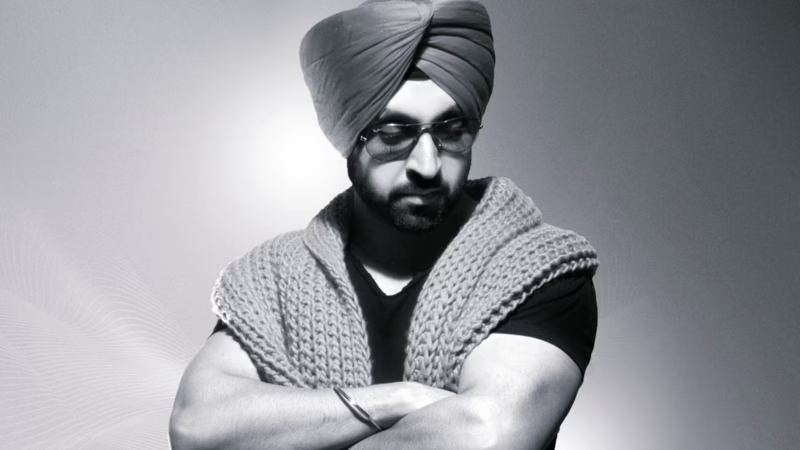Introduction
Sound design is a crucial yet often overlooked aspect of filmmaking. In Indian cinema, where storytelling is rich and diverse, sound plays a pivotal role in enhancing the emotional and narrative depth of films. From Bollywood blockbusters to regional masterpieces, the art of sound design transforms how audiences experience stories. This article explores how sound design shapes storytelling in Indian films, its significance, and its impact on viewer engagement.
The Role of Sound Design
Sound design encompasses a wide array of auditory elements, including dialogue, sound effects, and music. These components work together to create a cohesive auditory experience that complements the visual storytelling.
- Dialogue Clarity: Effective sound design ensures that dialogue is crisp and clear, allowing audiences to follow the narrative seamlessly. In Indian films, where multiple languages and dialects often intersect, proper sound mixing is essential. For instance, in films like Gully Boy, the clarity of rap lyrics adds to the storytelling’s impact.
- Sound Effects: Sound effects can evoke emotions, set the mood, and create tension. In thrillers like Andhadhun, the careful placement of sound effects enhances suspense, drawing viewers deeper into the storyline.
- Music and Score: The musical score is integral to Indian cinema, often acting as a character itself. Films like Baahubali utilize grand orchestral scores to evoke feelings of heroism and epic battles, while romantic dramas like Kabir Singh use soulful melodies to accentuate emotional moments.
Enhancing Emotion and Atmosphere
One of the most powerful aspects of sound design is its ability to enhance emotions and create atmosphere. Music and sound effects can transport audiences to different worlds and evoke specific feelings.
- Creating Mood: A well-designed soundscape can instantly set the mood for a scene. For instance, the eerie silence in horror films like Ragini MMS heightens the tension, while the lively folk music in movies like Lagaan brings a sense of joy and celebration.
- Emotional Resonance: Sound design can amplify emotional moments, making them more impactful. In Dilwale Dulhania Le Jayenge, the background score during the climax scene evokes nostalgia and longing, solidifying its status as an iconic moment in Indian cinema.
Case Studies in Sound Design
Several Indian films showcase exceptional sound design that enhances storytelling. Here are a few notable examples:
- Masaan (2015): The film uses ambient sounds of the Ganges River and local life to create an immersive experience. The sound of flowing water juxtaposed with poignant music heightens the emotional weight of the characters’ struggles.
- Article 15 (2019): This film’s sound design plays a crucial role in portraying the socio-political climate of rural India. The use of sound effects, like distant chants and the ambient noise of village life, provides context and depth to the narrative.
- Paa (2009): The film’s sound design, particularly its music, underscores the emotional journey of its protagonist, Auro, who suffers from progeria. The poignant background score enhances the film’s themes of love and acceptance.
The Technical Side of Sound Design
The process of sound design involves meticulous planning and execution. Sound designers collaborate closely with directors and cinematographers to create a harmonious blend of audio and visual elements. Here are some key steps involved:
- Pre-Production: During this phase, sound designers work on planning the soundscape. This includes selecting music, designing sound effects, and preparing for dialogue recording.
- Production: Sound designers capture live sound during filming. This may include dialogue, ambient sounds, and sound effects that occur naturally in the shooting environment.
- Post-Production: In this stage, sound designers edit and mix audio tracks. They add sound effects, background music, and ensure that dialogue is balanced with other audio elements.
The Future of Sound Design in Indian Cinema
As technology evolves, the future of sound design in Indian films looks promising. Advances in audio technology, such as Dolby Atmos, allow for immersive sound experiences that can envelop audiences in the story. Filmmakers are increasingly recognizing the power of sound design, leading to more innovative approaches in storytelling.
For example, films like Tumbbad have utilized advanced sound design techniques to create an unsettling atmosphere that enhances the horror genre. As Indian cinema continues to explore new narratives and genres, sound design will play a crucial role in shaping these stories.
Conclusion
Sound design is a transformative element in Indian films that enhances storytelling and engages audiences on a deeper level. From emotional resonance to creating immersive atmospheres, sound plays an integral role in how stories are told. As filmmakers continue to innovate in this area, the future of sound design in Indian cinema promises to elevate the art of storytelling to new heights.
For more insights into the world of cinema, visit Films N Minds.
Further Reading
- The Art of Sound Design in Film – Explore the technical aspects and creativity behind sound design in cinema.
- Understanding Music in Indian Cinema – Delve into how music shapes narratives in Indian films.
- The Evolution of Sound in Indian Film – A look at how sound design has transformed over the years in Bollywood.
Sound Design in Indian Films Importance of Sound Design Indian Cinema Sound Techniques Enhancing Storytelling through Sound Film Sound Design Examples Sound Effects in Indian Films Music and Sound in Cinema Technical Aspects of Sound Design Indian Film Industry Sound Design Case Studies Film Soundtrack Analysis Role of Sound in Movies Future of Sound Design in Indian Cinema Emotional Impact of Sound Immersive Sound Experiences






